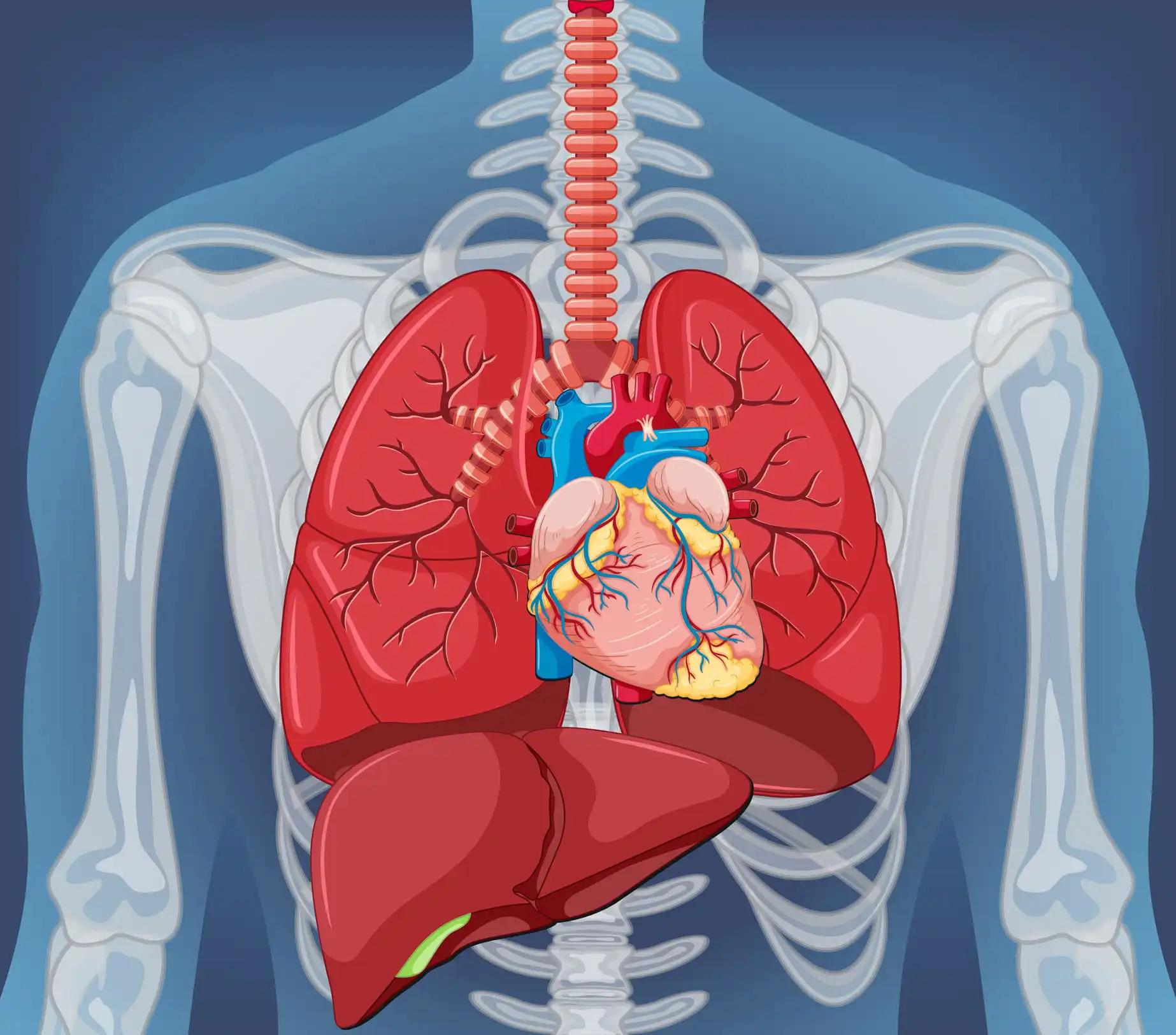KEY TAKEAWAYS
- Trial MERU (phase 3, NCT03033511) studied Rova-T in SCLC patients.
- The study aimed to investigate therapeutic responses driven by SCLC heterogeneity.
- RNA-seq, WES, HTseq, AbbVie WES, GSEA, and computational framework conducted the study.
- The study showed that MERU and DepMap concorded that TF expression by subtype correlates with drug sensitivity.
The opportunity to adopt precision therapeutics between cancer cells and the tumor microenvironment lies in the ability to predict different therapeutic responses driven by the genetic and transcriptome heterogeneity of Small Cell Lung Cancer (SCLC). Rovalpituzumab Tesirine (Rova-T) was studied in the Maintenance of Response after First-Line Platinum-Based Chemotherapy (MERU) trial for patients with extensive-stage small cell lung cancer. To investigate the potential treatment vulnerabilities of SCLC’s diverse TME and tumor-intrinsic molecular and genetic drivers, researchers comprehensively analyzed the baseline genomic data in the MERU cohort.
Archival tumor samples from 306 of 740 MERU participants were sequenced using RNA-seq and Whole-Exome-Sequencing (WES). Gene expression levels were determined using HTSeq after RNA-seq readings were aligned with STAR. Researchers used AbbVie’s tumor-only WES process to look for somatic mutation and copy number variation in the WES readings. Gene set variation analysis of pan-cancer TME gene signatures was used to assess TME heterogeneity. The expression of four transcriptional factors (TF)—ASCL1, NEUROD1, POU2F3, and YAP1—was used for subtyping SCLC. A computational framework was constructed to synthetically screen MERU samples’ drug sensitivity by connecting the MERU transcriptome expression profile to the Cancer Dependence Map (DepMap) dataset.
High expression of DLL3 in the neuroendocrine subtypes SCLC-A and -N is consistent with the high prevalence of these subtypes, as revealed by TF subtyping in the MERU cohort. Two clusters with distinctly immune-suppressive and -inflamed characteristics were discovered by correlating TME gene signature scores in the MERU cohort. Better prognosis prediction was seen with the combined IFN-gamma and TGF-beta signature (Hazard Ratio: 0.71 [95% CI 0.38-1.3] versus 1.29 [95% CI 0.65-2.6]) in the MERU cohort. The high frequency of TP53 and RB1 mutations found by WES analysis is consistent with the reported frequency of these genetic drivers in SCLC. There is no statistically significant correlation between TF and TME regarding clinical parameters such as gender, smoking history, or past treatment. 83% of MERU samples are mapped to DepMap SCLC cell lines using the computational drug screen methodology. MERU and DepMap concorded that TF expression by subtype correlates with drug sensitivity. This method showed that molecular subtyping could broadly predict medication response in patients with SCLC.
The results of this in-depth genomic study of the MERU cohort may aid in discovering novel prognostic biomarkers and treatment avenues for SCLC by shedding light on the disease’s heterogeneity from both the tumor-intrinsic and tumor-immune interaction perspectives.
Source: https://meetings.asco.org/abstracts-presentations/207403
Clinical trial:https://clinicaltrials.gov/ct2/show/NCT03033511
Zhao, W., McLaughlin, R. T., Masica, D., Huntzicker, E., Uziel, T., Flister, M., Bankovich, A., Samayoa, J., French, D., & Zhao, X. (2022). Genomic analysis and prediction of therapeutic vulnerabilities of small cell lung cancer from rovalpituzumab tesirine phase III trial (MERU). Journal of Clinical Oncology, 40(16_suppl), 8577–8577. https://doi.org/10.1200/jco.2022.40.16_suppl.8577



